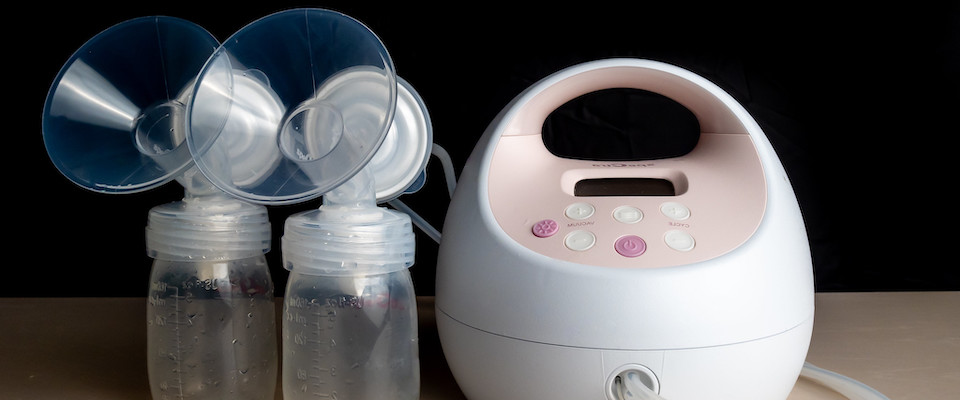In “Designing Women,” I’m writing at Comment on how the tools intended for women often serve the interests of someone else. I’m very much indebted to Designing Motherhood, which I draw on in the piece.
A doctor’s office and tools are more often designed for the convenience of the doctor, not the patient. A breast pump is another intimate tool that appears to be designed for the needs of a hidden end user—not the mother but her boss. A breast pump attenuates the claim a child makes on its mother. A breast pump does not cry. It does not interrupt. It is (allegedly) hands free. It comes with an off switch. A child demands; a breast pump is available on demand.
It is easier for an employer to point to all these seeming efficiencies and offer the mother less: pump later, pump less often, pump in a dark storage closet or hidden in your car or the toilet. In a survey of mothers working outside the home (sponsored in 2020 by companies that sell breast pumps, lactation pods, and milk-bank services), a quarter of women said that they didn’t have a dedicated space to pump at work.
If the baby were at work, it would be obvious that the child’s hunger cannot be put off forever. Alone with a pump, the mother suffers from unjust demands silently, as her breasts engorge and plugged ducts fester into mastitis. If the baby were visible, it would be obvious you can’t lock a vulnerable person in a closet. But the mother, no less valuable, is more easily mistreated.
Read the whole thing at Comment.
And I hosted a follow-up conversation about the piece at Other Feminisms.
